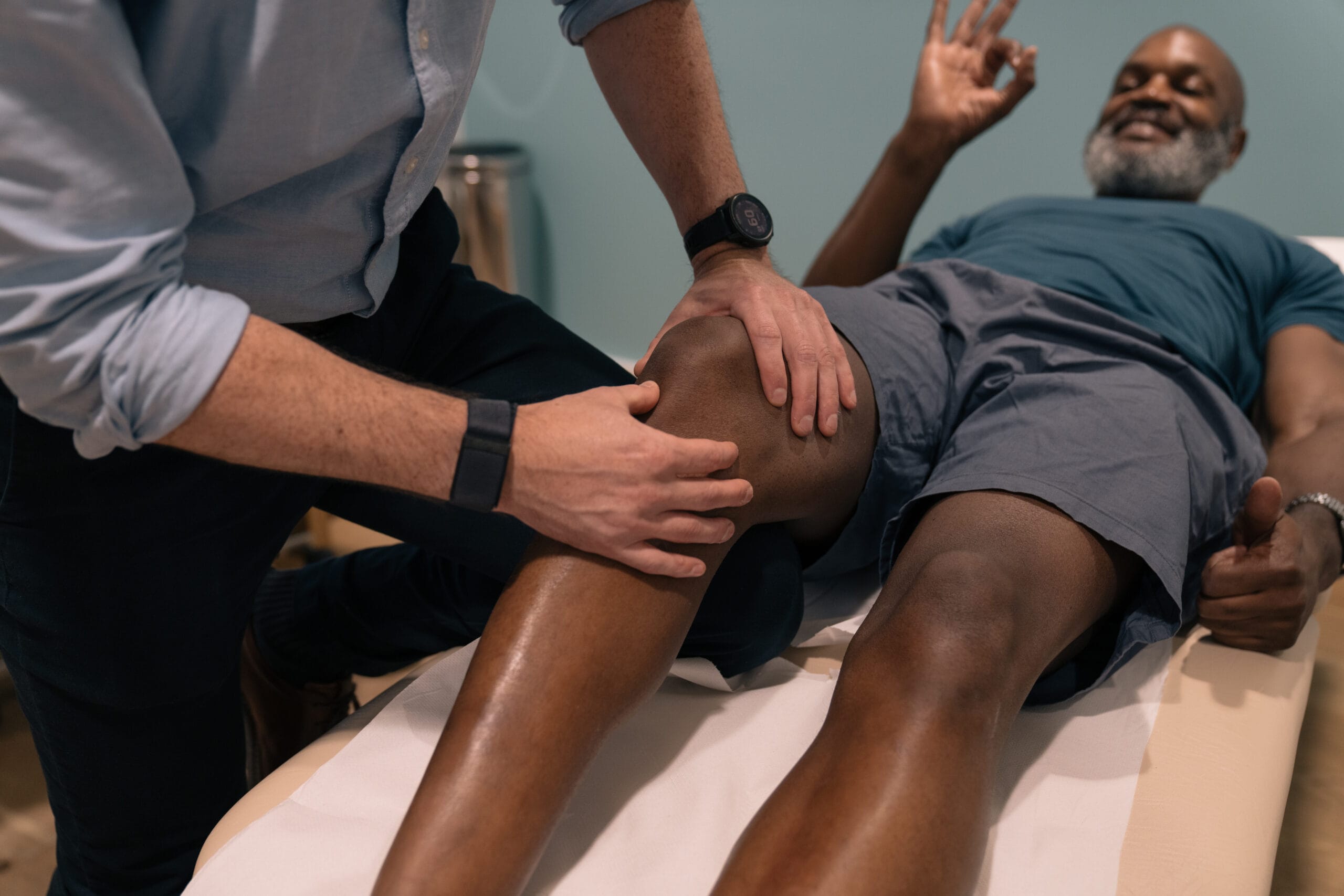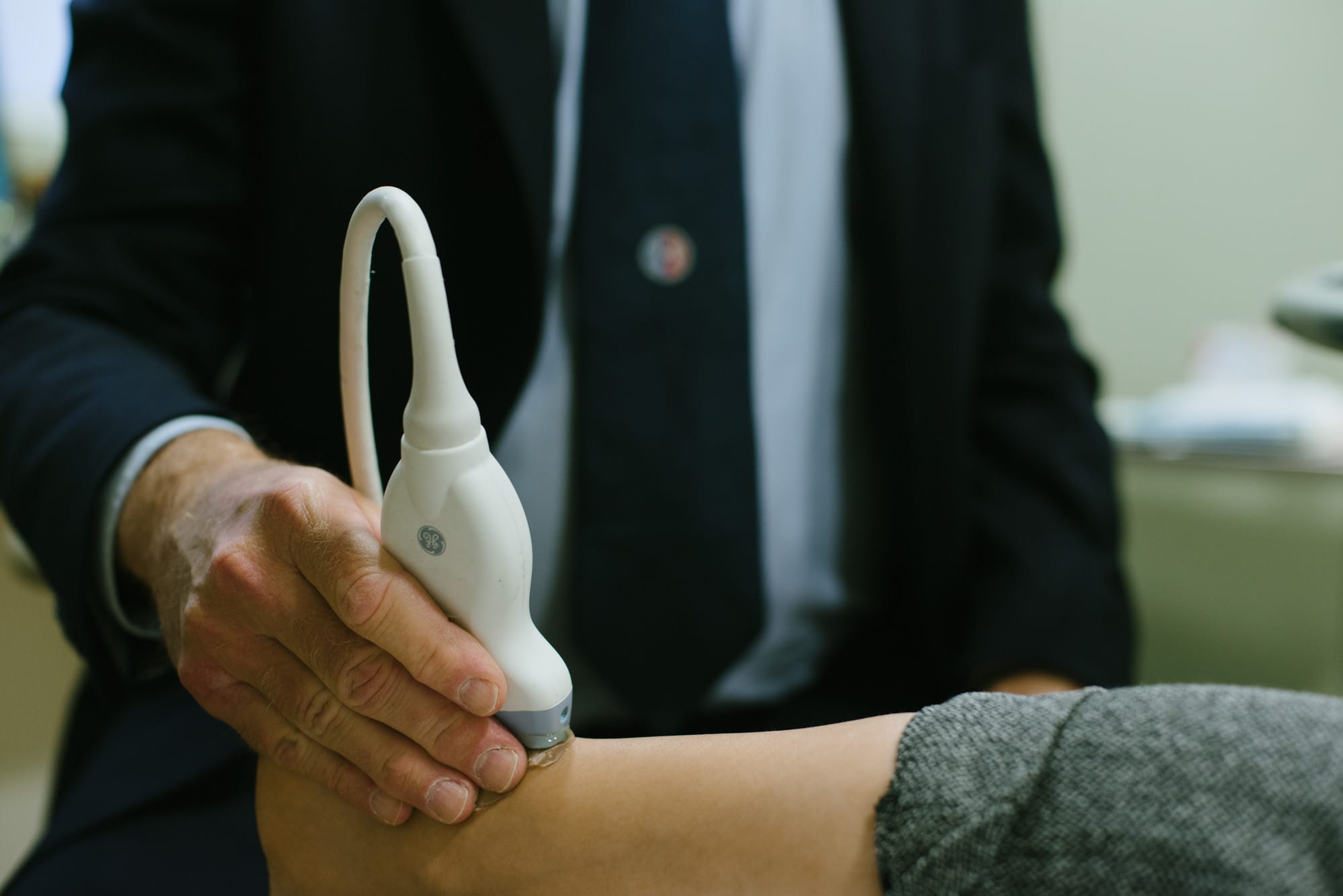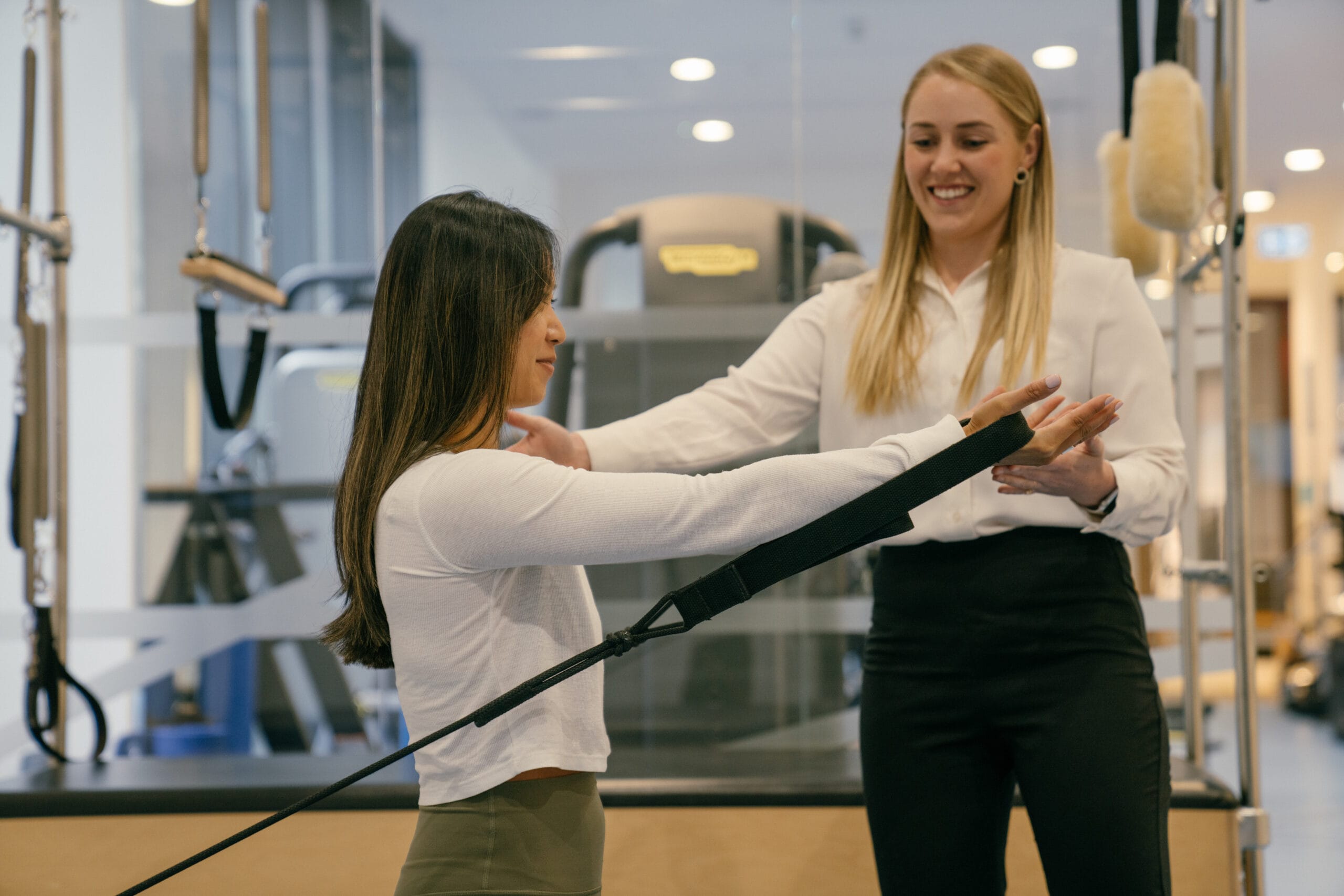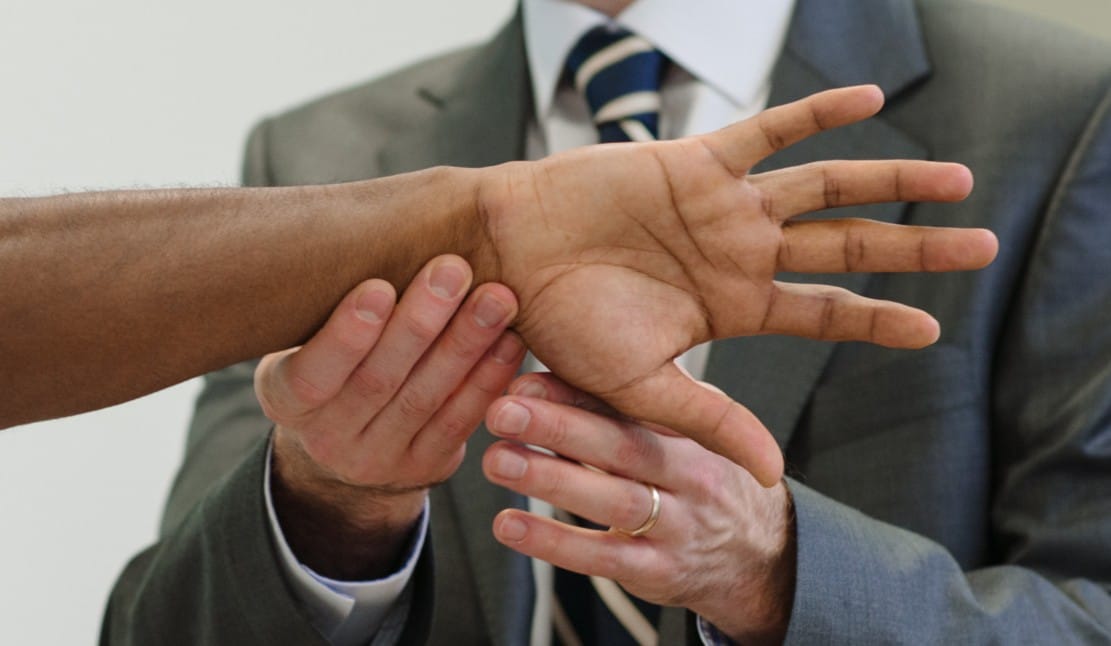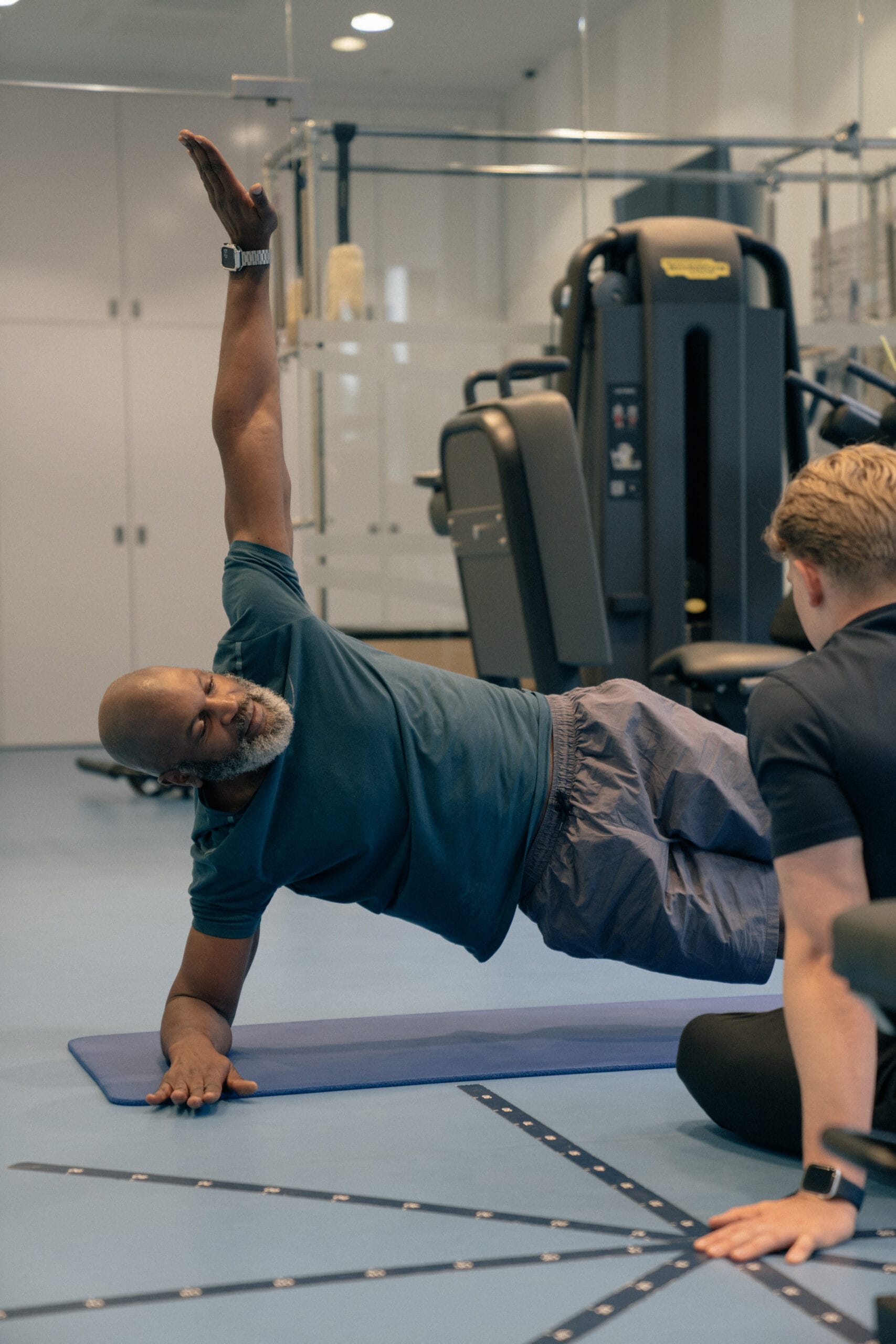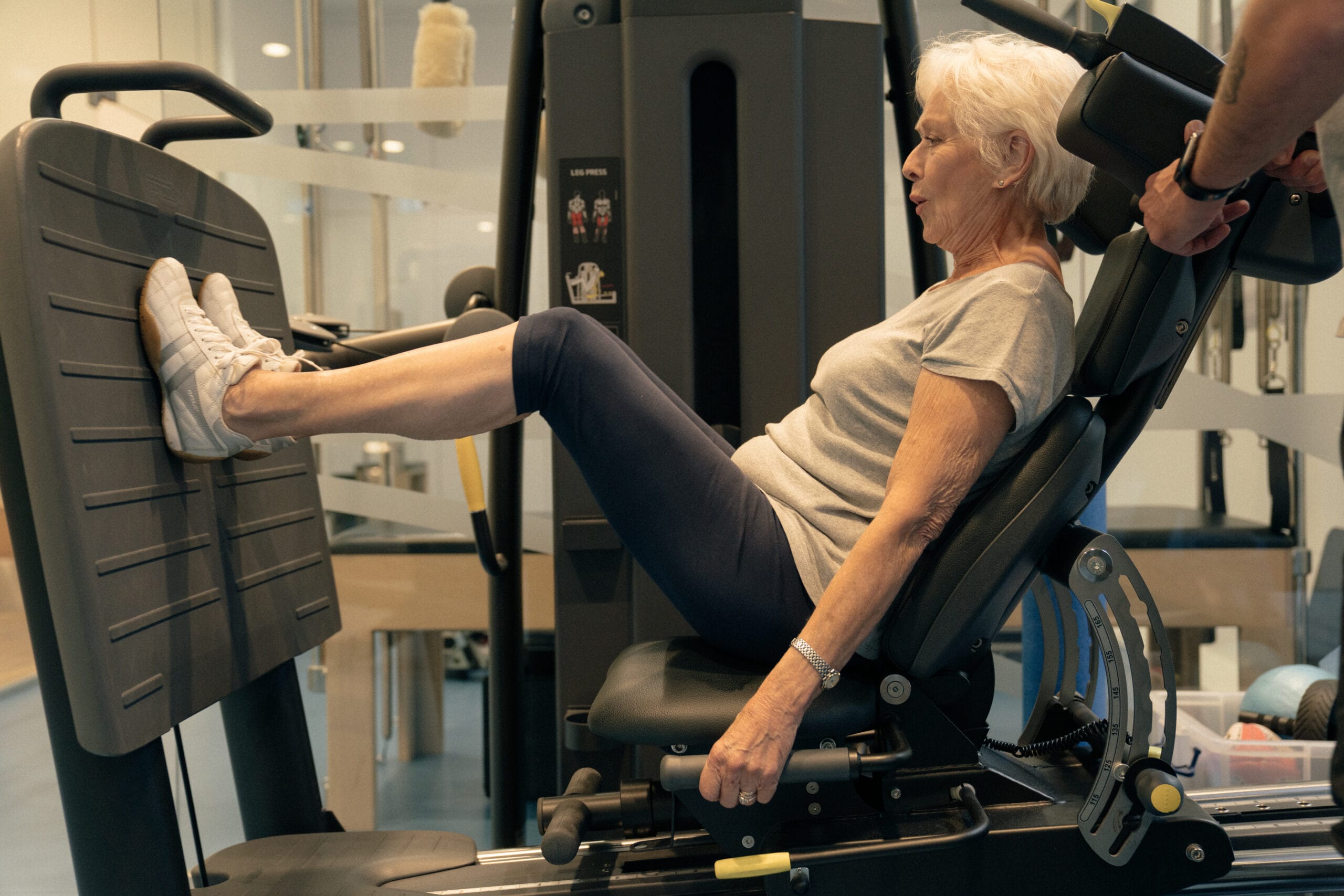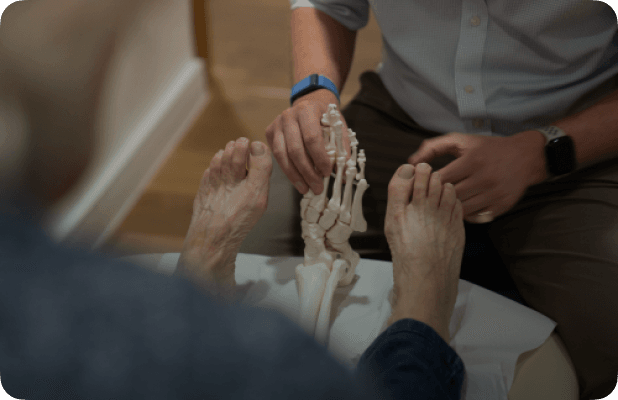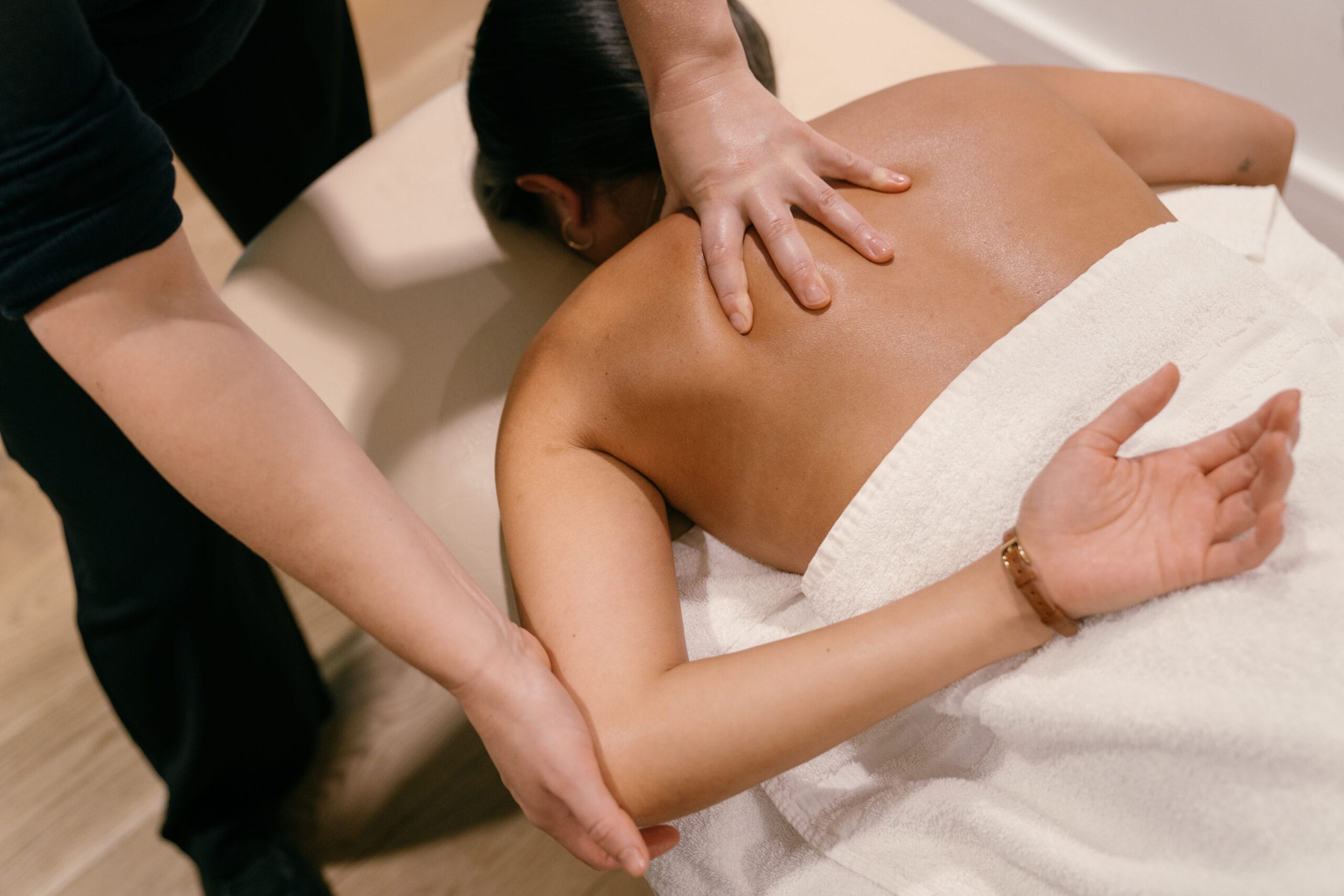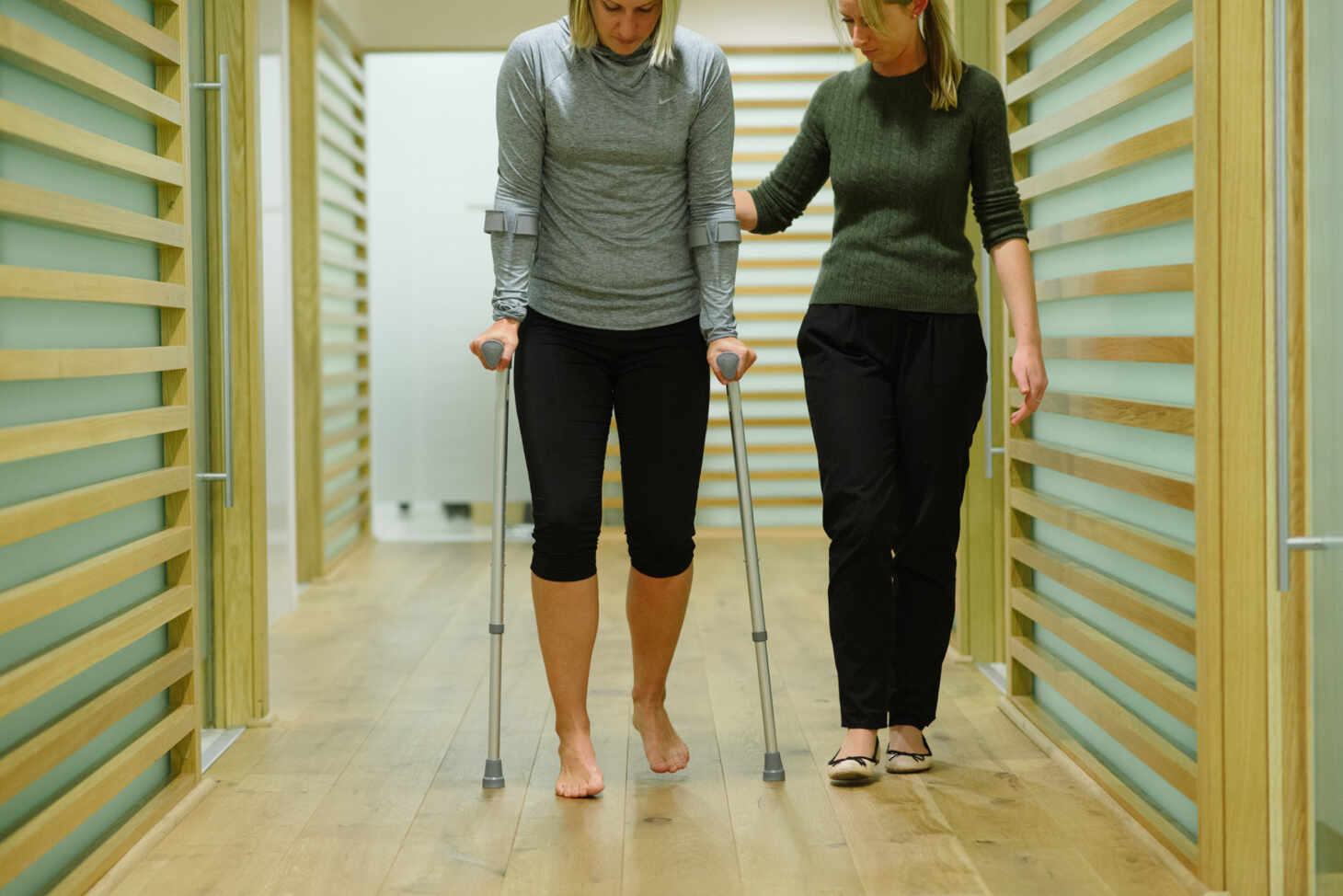
Dance & Performing Arts Medicine
Our team of expert clinicians bring their collective experience working with performers of all stages and mediums to help you both recover from injury and prevent future occurrence.

We aim to provide the highest standard of care to dancers and performing artists of all genres and level of experience.

Our expert team of clinicians, including specialist practitioners who understand dance and the performing arts either from personal experience or from working with performers over the years, engage a multidisciplinary approach to diagnosis, injury prevention, and rehabilitation.
We work with dancers, performers, musicians and hypermobile athletes to help prevent injury and continue to perform to their best.
Get in touch to bookDance & Performing Arts Specialists
Pricing will depend on
which specialist you see
Our Dance & Performing Arts Medicine Team
can help with a number of issues, including:
Dancers, musicians, and performing artists are prone to a range of injuries due to the physical demands of their craft, including, but not limited to, repetitive movements, high-impact jumps, and, at times, extreme flexibility requirements. Common injuries include ankle sprains, stress fractures, tendonitis of the upper and lower limbs, hip, ankle and shoulder impingement, and lower back strain. Overuse injuries, such as patellofemoral pain syndrome, De Quervain’s tenosynovitis and Achilles tendinopathy, are also prevalent. Proper warm-ups, strength training, flexibility exercises, and injury prevention strategies can help dancers maintain performance levels while reducing the risk of long-term damage.
Dance and performing arts-specific rehabilitation focuses on restoring strength, flexibility, and technique while preventing re-injury. Tailored rehabilitation programs address the unique physical demands of performers, incorporating targeted exercises, balance training, and movement re-education. Our physiotherapists and other specialists across our multidisciplinary team work closely with performers to improve biomechanics, enhance stability, and gradually reintegrate them into full performance capacity. A personalised approach ensures optimal recovery, allowing dancers to return to their art with confidence and reduced risk of future injuries.
Relative Energy Deficiency in Sport or Dance (RED-S/RED-D) is a condition that occurs when an athlete’s energy intake is insufficient to meet the demands of training and daily function. It affects various body systems, leading to impaired performance, hormonal imbalances, weakened bone health, increased injury risk, and a weakened immune system. Common in endurance athletes, dancers, and those in weight-sensitive sports, RED-S requires a multidisciplinary approach, including nutrition support, medical intervention, and training adjustments, to restore energy balance and overall health.
Strains and sprains are common injuries among performers due to the high demands of flexibility, repetitive movements, and dynamic jumps. Strains occur when muscles or tendons are overstretched, overused or torn, while sprains involve ligament damage, often affecting the ankles, knees, or wrists. Symptoms include pain, swelling, and reduced mobility, which can impact performance. Proper warm-ups, strength training, and technique refinement help prevent these injuries. Treatment includes rest, ice, compression, elevation (RICE), and physiotherapy to restore strength, flexibility, and stability for a safe return to performance.
Bone stress injuries or fractures are common in performers due to repetitive impact, overtraining, and inadequate recovery. These injuries, including stress fractures, occur when bones are subjected to excessive loading without sufficient time to heal, often affecting the feet, shins, hips and spine. Symptoms include localised pain, swelling, and tenderness, which can worsen with continued activity. Proper nutrition, load management, and strength training help prevent these injuries. Treatment typically involves input from our multidisciplinary team and will include rest, rehabilitation and a gradual return to performance to ensure full recovery and prevent further complications.
Post-surgery rehabilitation focuses on restoring strength, flexibility, and movement control to ensure a safe return to performance. Rehabilitation programs are tailored to the specific demands of dance and performance, incorporating gradual load progression, balance training, and technique refinement. Our physiotherapists work closely with performers to rebuild endurance, prevent compensatory movement patterns, and reduce re-injury risk. A structured recovery plan, including cross-training and targeted exercises, helps dancers and performers regain confidence and perform at their best while protecting long-term musculoskeletal health.
Back and neck pain are common in dancers and performers due to repetitive movements, poor posture, and the physical demands of their art. Overuse, muscle imbalances, and improper technique can lead to strains, spinal misalignment, or disc issues. Symptoms may include stiffness, pain, and restricted movement, impacting performance. Proper warm-ups, core strengthening, and posture correction can help prevent these injuries. Treatment includes physiotherapy, manual therapy, and mobility exercises to restore function, alleviate pain, and support long-term spinal health for optimal performance.
Joint pain and arthritis can be challenging for dancers and performers, as the repetitive stress on joints from jumps, turns, and floor work can lead to wear and tear over time. Osteoarthritis, the most common form, results from cartilage breakdown, causing pain, stiffness, and reduced mobility. Inflammatory arthritis, such as rheumatoid arthritis, can also affect dancers and performers, leading to swelling and discomfort. Proper warm-ups, strength training, and joint-friendly modifications can help manage symptoms. Treatment may include physiotherapy, joint protection strategies, and targeted exercises to maintain mobility and prolong a performer’s career.
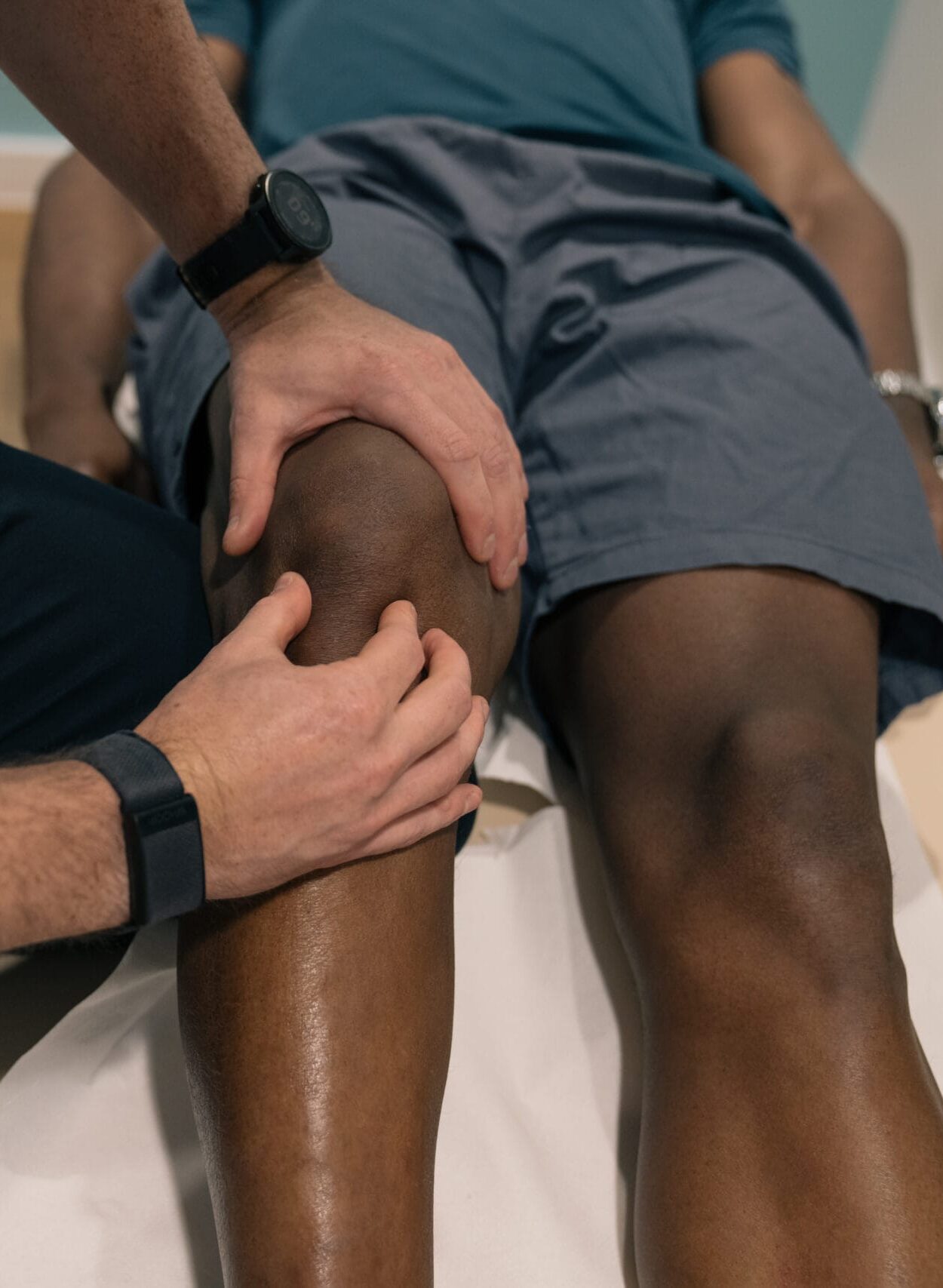
An initial appointment with one of our Physiotherapists or doctors will include a full assessment and discussion of an individualised treatment plan required to help you achieve your specific goals.

You will leave the appointment with a unique management plan, which will explain the treatment you require including other members of the multi-disciplinary team who may be involved in your care.
We also work closely with Cognacity, an external psychology service provider, to support athletes and performers.
Get in touch to bookYour body is your most important investment, and it deserves more. Make sure you get the care and treatment your individual case requires.
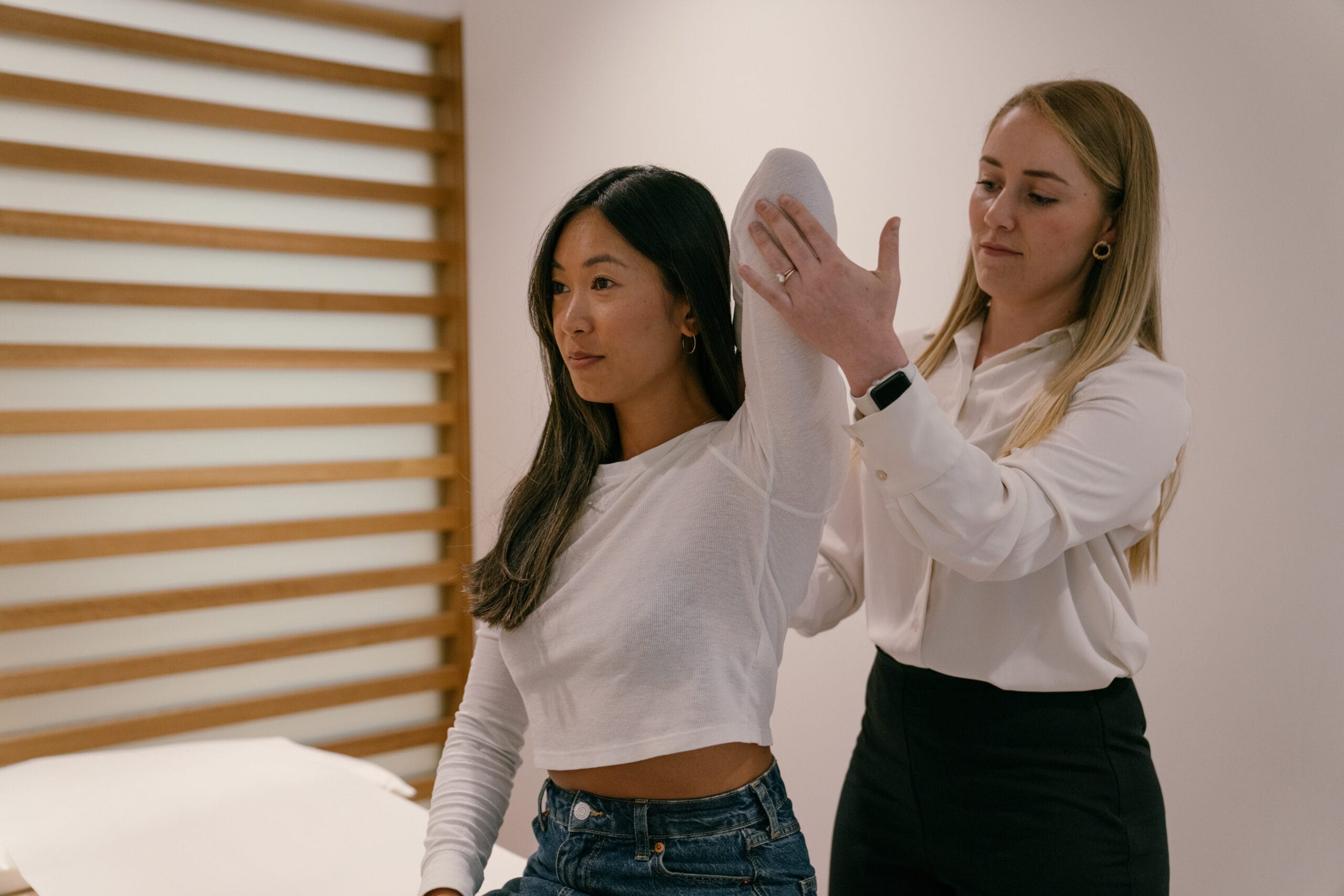
-
Work with a dedicated team of specialists, tailored to meet your specific needs and goals.
-
We combine over 1,000 years of expert experience in musculoskeletal healthcare and elite sport.
-
We are covered by all major insurers and also offer flexible self-pay options for added convenience.
The Pure Experience Overview
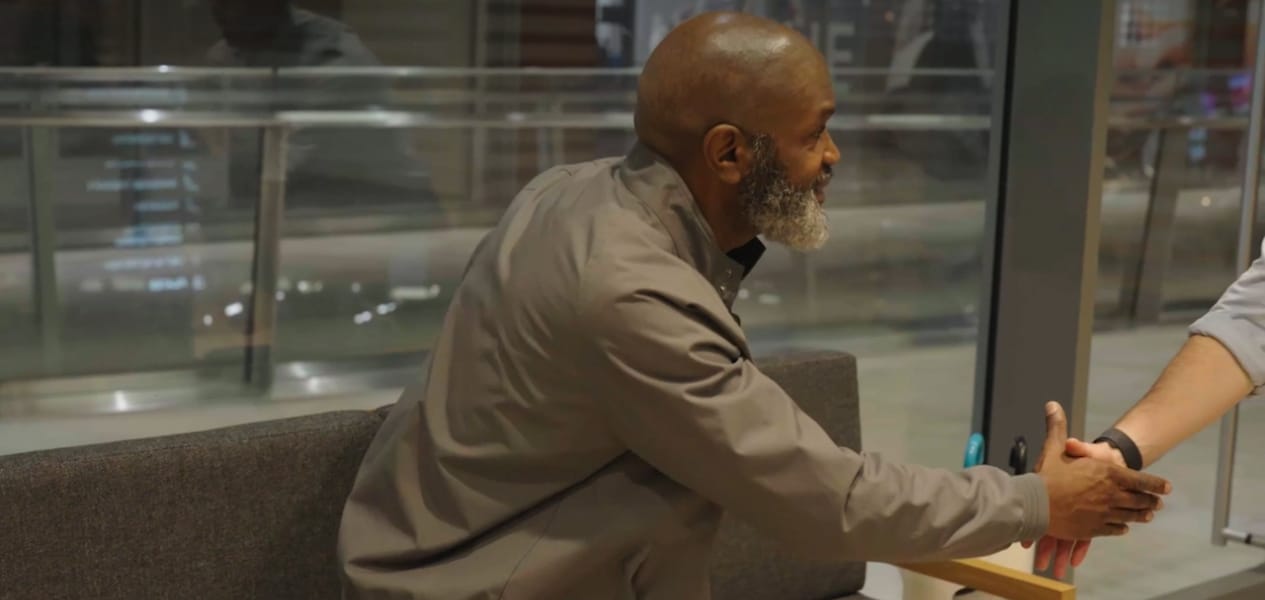
Your Journey with Pure
Everything we do is personalised to you. Whether your goal is to run a marathon or simply walk up the stairs comfortably, we’ll deliver the correct diagnosis and tailored treatment you need to get there so that you can perform at your best and prevent reoccurrence.
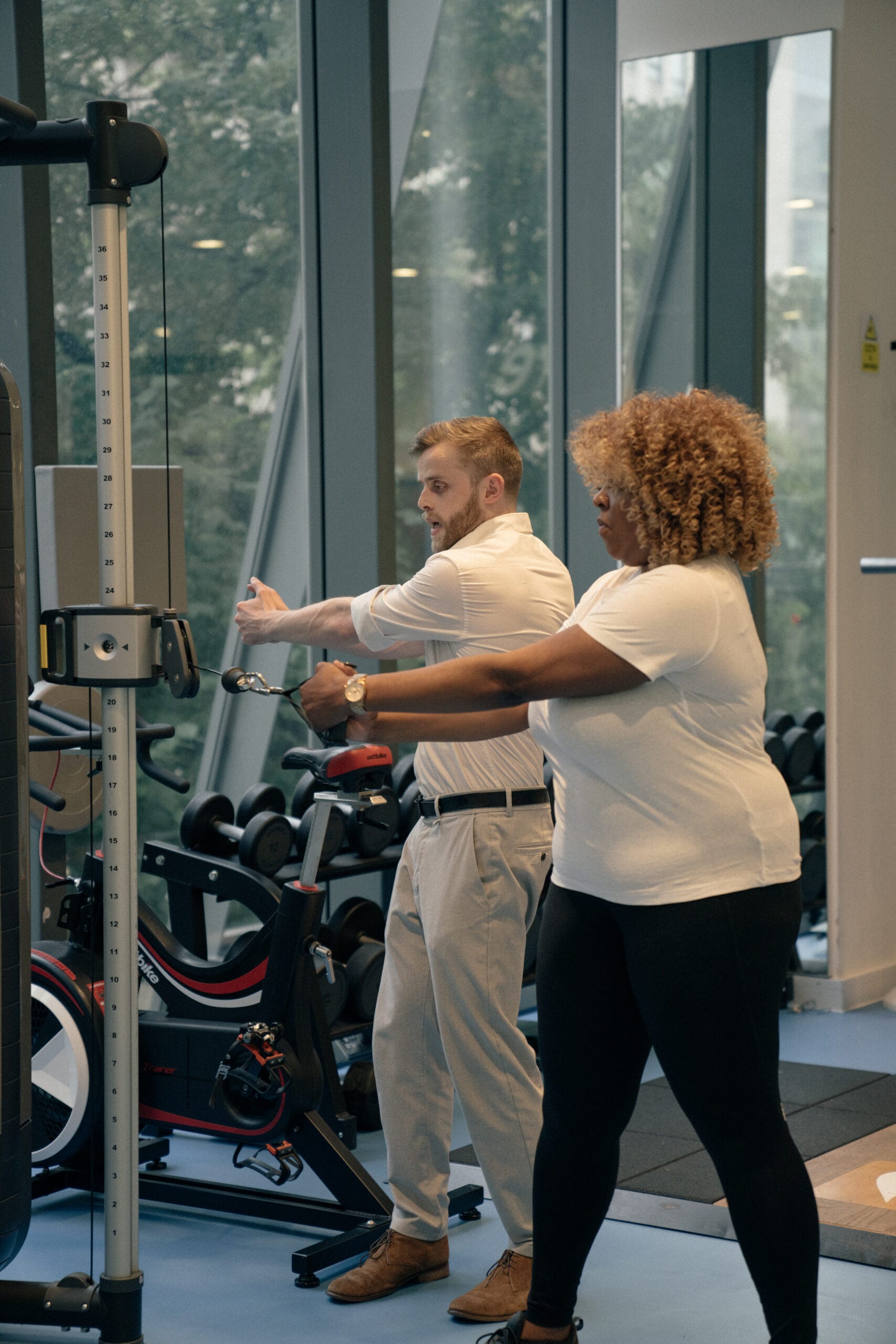
Treatments can include:
- Rehabilitation services
- Pilates & Physio-led Pilates
- Soft tissue therapy
- Manual therapy
- Mobilisation & manipulation of joints
- Biomechanical assessments
- Taping
- Dry needling & acupuncture
- Exercise prescription
- Video motion analysis
- Bloods analysis
- Imaging services
Frequently asked questions
The Dance & Performing Arts Medicine service consists of clinicians (physiotherapists, Sport & Exercise Medicine doctors, pilates instructors, etc.) all with specialised experience working with dancers, artists, musicians, and performers.
You can self-refer or obtain referral from another healthcare professional. You will then have an initial consultation with one of our expert clinicians who will diagnose the condition, develop a treatment plan for getting you back to performance, and refer you onward to any relevant treatment or therapies that may be indicated for your condition (including soft tissue therapy, podiatry, nutrition, pelvic floor physiotherapy, performance psychology, etc.).
Whether you would like to learn injury prevention strategies, optimise your strength and biomechanics to perform at your best, or whether you have an ongoing ‘niggle’ or recent injury that you would like to have assessed and treated, this service is for you.
All dancers, performers, artists, musicians, and hypermobile athletes are welcome, including (but not limited to):
-Acting
-Ballet
-Modern/ Contemporary
-Breakdancing & Hip hop
-Jazz/Character
-Tap
-Musical Theatre
-Swing, Balboa, & Lindy Hop
-Argentine tango
-Blues
-Ballroom
-Circus
-Instrumental performance
-Ice Skating
-Gymnastics
-Pole
An initial consultation with one of our specialist physiotherapists is 60 minutes (with a 30 minute follow up); 40 minutes (with a 20 minute follow up) for our Sport & Exercise Medicine doctors; and 60 minutes for our Pilates instructors.
Depending on your condition, follow up consultations may need to extend up to several weeks or months post initial assessment. They can also be fit around your performance schedule and rehearsal time frames.
As opposed to traditional Orthopaedic or Sport & Exercise Medicine services, the Dance & Performing Arts Medicine service at Pure Sports Medicine will ensure that you will be working with specialised clinicians who truly understand the nature of your craft, the unique stressors of performing arts on the body and mind, and have the ability to help modify movement patterns and purposefully strengthen in alignment with the distinctive needs of performing artists.
Yes, you can reach out to Pure Sports Medicine via email or telephone to book an initial consultation with a qualified Physiotherapist, Sport & Exercise Medicine doctor, or Pilates instructor.
Yes, the Dance & Performing Arts Service at Pure Sports Medicine is here to help diagnose, treat, and provide evidence-based management to any performer with pain or an active injury, as well as for injury prevention.
Dance & Performing Arts Medicine can help with specific rehabilitation, including:
– RED‑S/D (Relative Energy Deficiency in Sport/Dance)
– Joint Instability/dislocations
– Ligament and muscle strains/ sprains
– Tendinopathies
– Chronic or acute injuries
– Bone stress injuries or fractures
– Post surgery rehabilitation
– Back/neck pain
– Joint pain
– Arthritis
For further insights, please see our informative blog: Common dance & performing arts injuries
-Rehabilitation services
-Pilates & Physio-lead Pilates
-Soft tissue therapy
-Manual therapy
-Mobilisation & manipulation of joints
-Biomechanical assessments
-Taping
-Dry needling & acupuncture
-Exercise prescription
-Video motion analysis
-Bloods analysis
-Diagnostic ultrasound scans
-Ultrasound guided injections
-Compartment pressure testing
-Pre-event medicals & health screening
Our Sport & Exercise Medicine doctors on site are able to provide referrals for scans such as ultrasounds, MRI’s, X-rays, CT’s and DEXA scans. Our specialist Physiotherapists can also refer onward to external consultants as needed.





